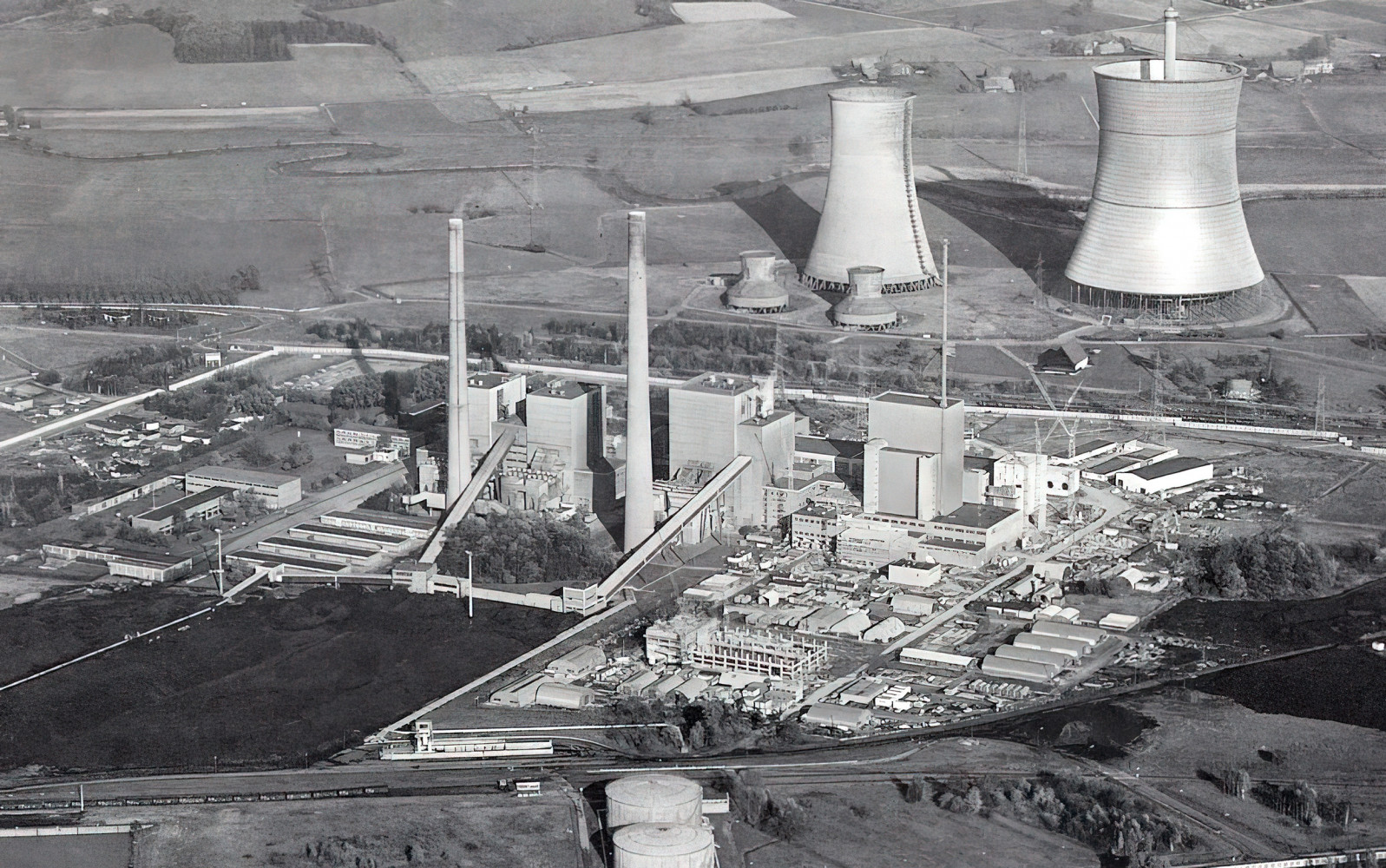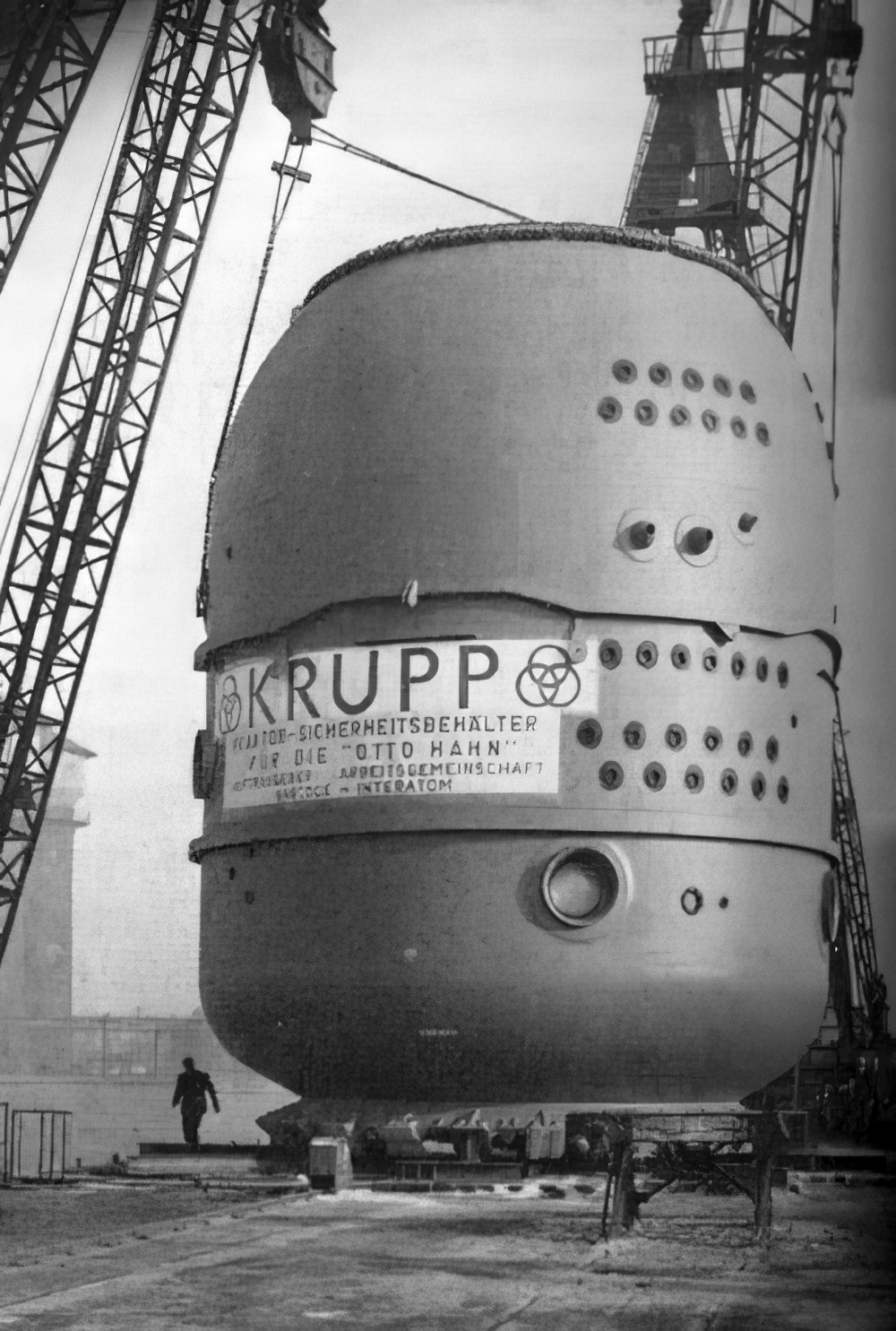"Diversität leben - eigentlich ist das für uns alle Alltag. Aber diese Diversität wollen und müssen wir auch im Arbeitsleben noch konsequenter abbilden. Davon profitieren wir, Diversität ist heute Grundvoraussetzung für Erfolg!" Das Statement kommt von Herzen. Sehen Sie selbst!
In 1921, the Institute for Heat and Power Management operated by “DÜV der Zechen zu Essen e.V.” began conducting research into good energy management, clean processes, and the efficient use of resources. From the 1950s and ’60s, the institute turned its attention to gas turbines and turbo generators, in addition to boilers and coal. The main clients were mining companies in the Ruhr area, manufacturers of energy generating plants, and subsequently their operators, e.g. (public) energy suppliers such as RWE, STEAG, VKR, and later E.ON.

Parallel to the development of investigative methods, research and fine-tuning was carried out on automatic data acquisition and evaluation systems – the first steps on the long path of digitalisation. Another, not entirely coincidental, by-product of the work of the heat management department was a concurrent research effort with chemists, biologists, botanists and meteorologists concerning air and water purity. As early as 1909, the “smoke and soot clause” stated that combustion should produce as few emissions as possible as an indicator of efficient energy production. This, too, was a harbinger of things to come – in this case green technology.
In 1959, a law was passed permitting the peaceful use of nuclear energy in Germany. The related stringent safety requirements meant that cooperation with experts at the TÜV technical inspection associations was practically essential. They had detailed technical knowledge and a vast wealth of experience. In all areas, from production monitoring to materials and component testing, to the inspection of complete systems or incident control, TÜV employees were just as much in demand in practice as they were in theory in the development of regulations and guidelines.

RWTÜV set up an independent nuclear energy and radiation protection department in 1968. During the 1970s, the number of people employed in nuclear engineering grew to 130, supported by an additional 100 or so experts from other departments. Last but not least, nuclear energy also opened a gateway to other countries. In 1977, RWTÜV was commissioned to carry out a safety assessment for the construction of the ANGRA II nuclear power station in Brazil. The decision by the state government of North Rhine-Westphalia at the end of the 1980s to abandon nuclear energy hit RWTÜV hard: orders dried up, and employees and expensive laboratory equipment were no longer used to capacity.

However, the management at that time used this first post-war crisis to transform RWTÜV from a “semi-governmental” testing organisation into a modern, growth-oriented service company. This laid the foundation for recovery and successful growth..
The phase-out of nuclear energy coupled with a rising energy demand marked the start of the energy transition – although initially the environment was not a prominent concern. Coal, oil and later natural gas were still the energy sources of choice.
During the latter part of the 20th century, RWTÜV engineers supervised the construction and monitored the operation of coal-fired power plants, refineries and oil pipelines from the coastal ports to the country’s interior. They inspected and certified planning, construction drawings, components and systems of liquefied gas plants, spherical tanks for storage or helium turbine power generators. In this way, they played a part in securing the country’s energy supply.
In the course of extensive restructuring and a reorientation of RWTÜV, the described tasks and related follow-up services were transferred to TÜV Nord AG in 2004, as part of a merger deal. The RWTÜV Group retained a 36.1% interest in this company.



